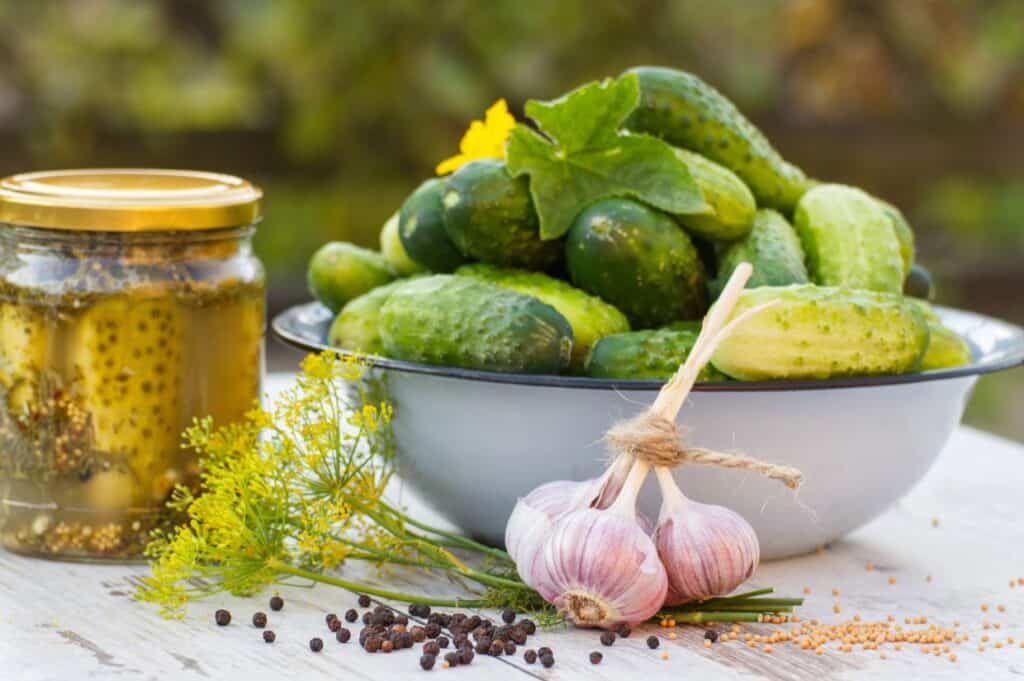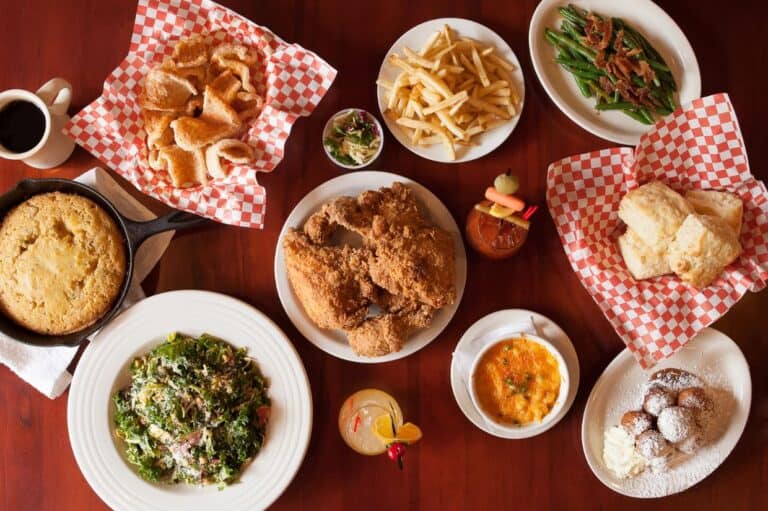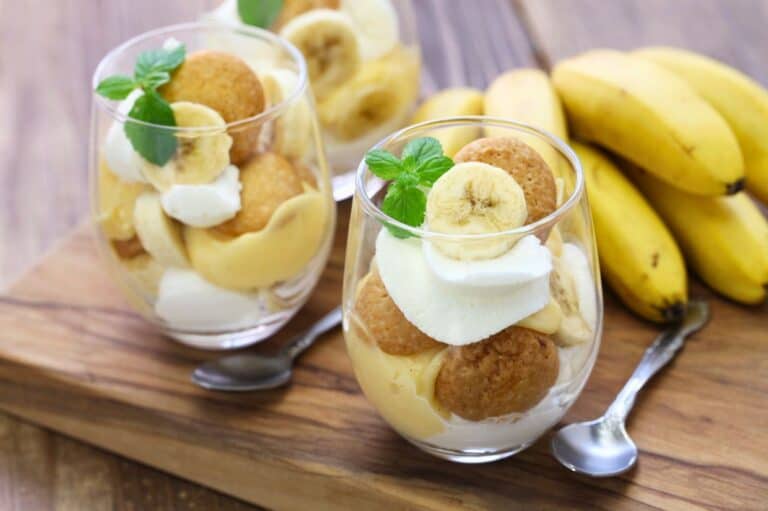There’s nothing quite like the sight of a pantry full of colorful jars, each one holding a little piece of Southern history, flavor, and tradition. From the sweet aroma of freshly made peach preserves to the tangy punch of pickled okra, canning is more than just a way to preserve food. It’s a tradition steeped in family history, passed down through generations. Whether you’ve been canning since childhood or you’re curious about giving it a shot, canning in the South is as much about preserving memories as it is about preserving produce.

A family affair
In Southern homes, canning often brings people together, especially around harvest time. Maybe you remember your grandmother standing over a stove, stirring pots of fruit preserves or slicing up cucumbers for pickling, her hands moving with the kind of skill that only comes from years of practice. Maybe you were the kid who got to pluck green beans from the garden and snap them in half before they made their way into a jar. It’s an art form that goes beyond following a recipe; it’s about spending time together, sharing stories, and savoring the slow process of transforming fresh ingredients into something that can be enjoyed all year long.
Canning once served as a necessity, especially for those living in rural areas where access to fresh produce during the winter months was limited. Instead of relying on the grocery store, families preserved what they grew in the summer and fall, ensuring they had food to last through the colder months. These days, it’s less about survival and more about the joy of keeping those family traditions alive.
What’s in the jar?
In the South, the variety of things people can is as diverse as the region itself. You’ve got your sweet preserves like strawberry jam and muscadine jelly — perfect for spreading on a warm, buttery biscuit. Then there are the pickled goodies, which Southerners seem to have an endless appetite for. Pickled okra, pickled green beans, even pickled watermelon rind! And don’t forget about relishes and chow-chows, those zesty, tangy concoctions that make a plate of peas or beans really sing.

For those who like a savory touch, nothing compares to home-canned tomatoes or tomato sauce. When you open a jar of tomatoes in the dead of winter, it’s like tasting a little bit of summer. Whether you use them to whip up a batch of chili or stir them into a pot of gumbo, canned tomatoes are a Southern kitchen staple.
The process: Simplicity meets skill
Canning may seem intimidating at first glance — after all, you’re dealing with hot water, boiling jars, and the fear of botulism — but the process itself is fairly simple once you get the hang of it. There are two main methods of canning: water bath canning and pressure canning. The method you use depends on what you’re canning.
- Water bath canning typically works for high-acid foods like fruits, jams, jellies, and pickles. You place jars filled with your prepared food into a pot of boiling water and let them cook for a specified time to kill off bacteria and ensure a good seal.
- Pressure canning works for low-acid foods like vegetables, meats, and soups. This method requires a special pressure canner that raises the temperature inside the jars to a higher level than boiling water can achieve, which is essential for safely preserving these types of foods.
The trick to successful canning is cleanliness. Everything has to be spotless, from the jars to the lids to your workspace. You create a vacuum seal that keeps harmful bacteria out, so even a little speck of dirt or leftover food can ruin a whole batch. But once you’ve mastered the basics, the rhythm of canning can feel surprisingly meditative.
Why we still can
You might wonder why people bother with canning in an age where you can just buy preserves and pickles from the store. But for a lot of folks, it’s about more than just the final product. Sure, nothing compares to cracking open a jar of your own homemade jam, knowing exactly what went into it, and tasting the love and care behind it. But it’s also about the process itself — the connection to family, the satisfaction of creating something with your own hands, and the pride that comes from stocking your shelves with food you’ve preserved.
There’s also a certain level of self-sufficiency that comes with canning. Whether you’ve got a backyard garden overflowing with tomatoes and cucumbers or you’re taking advantage of a bumper crop from the farmer’s market, canning lets you take control of your food supply. In a world where convenience often takes priority over quality, canning lets you slow down and focus on making something that’s both delicious and meaningful.
Modern canning: Old traditions, new twists
While the basics of canning haven’t changed much over the years, modern canners have started to experiment with new flavors and techniques. People now add everything from bourbon to vanilla bean to their fruit preserves, or experiment with spicy peppers and garlic in their pickles. Canning may be rooted in tradition, but room always exists for a little creativity.

The community around canning has grown in recent years, with younger generations getting interested in the practice. Social media platforms are full of canning enthusiasts sharing tips, recipes, and photos of their latest batches. It’s a way for people to feel connected to the past while also putting their own spin on things.
Keeping the tradition alive
Canning is one of those Southern traditions that seems to stand the test of time. Sure, we might not rely on it as much as our ancestors did, but the act of preserving food in jars remains a powerful link to the past. Whether it’s passing down recipes or teaching younger family members the ins and outs of canning, it’s a way of keeping family traditions alive and well.
So, next time you find yourself in a kitchen, surrounded by baskets of fresh produce, consider trying your hand at canning. It might take a little practice, and your first batch may not turn out perfectly, but that’s part of the fun. And when you open that jar months later and taste the fruits (or veggies) of your labor, you’ll understand why Southerners have been canning for generations. It’s not just about preserving food — it’s about preserving a way of life, one jar at a time.





